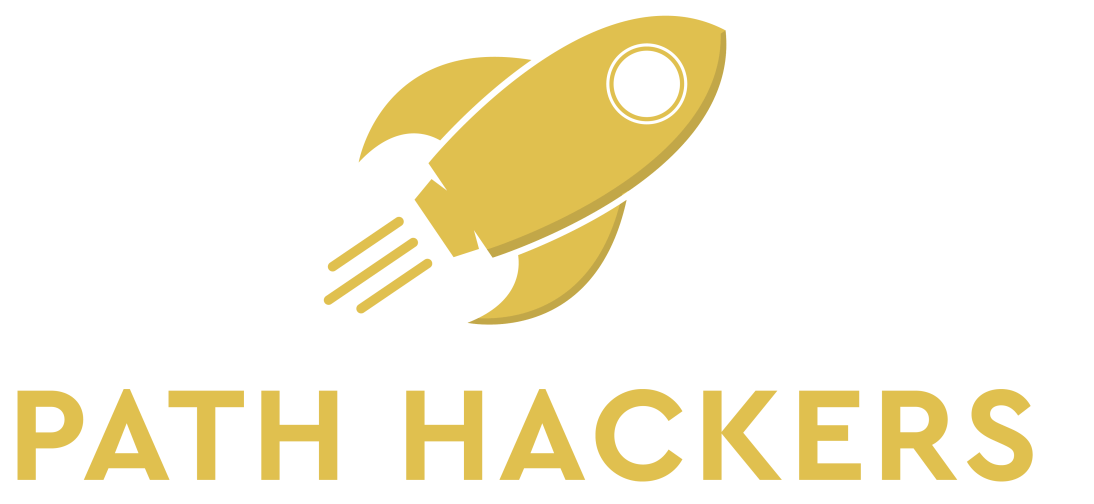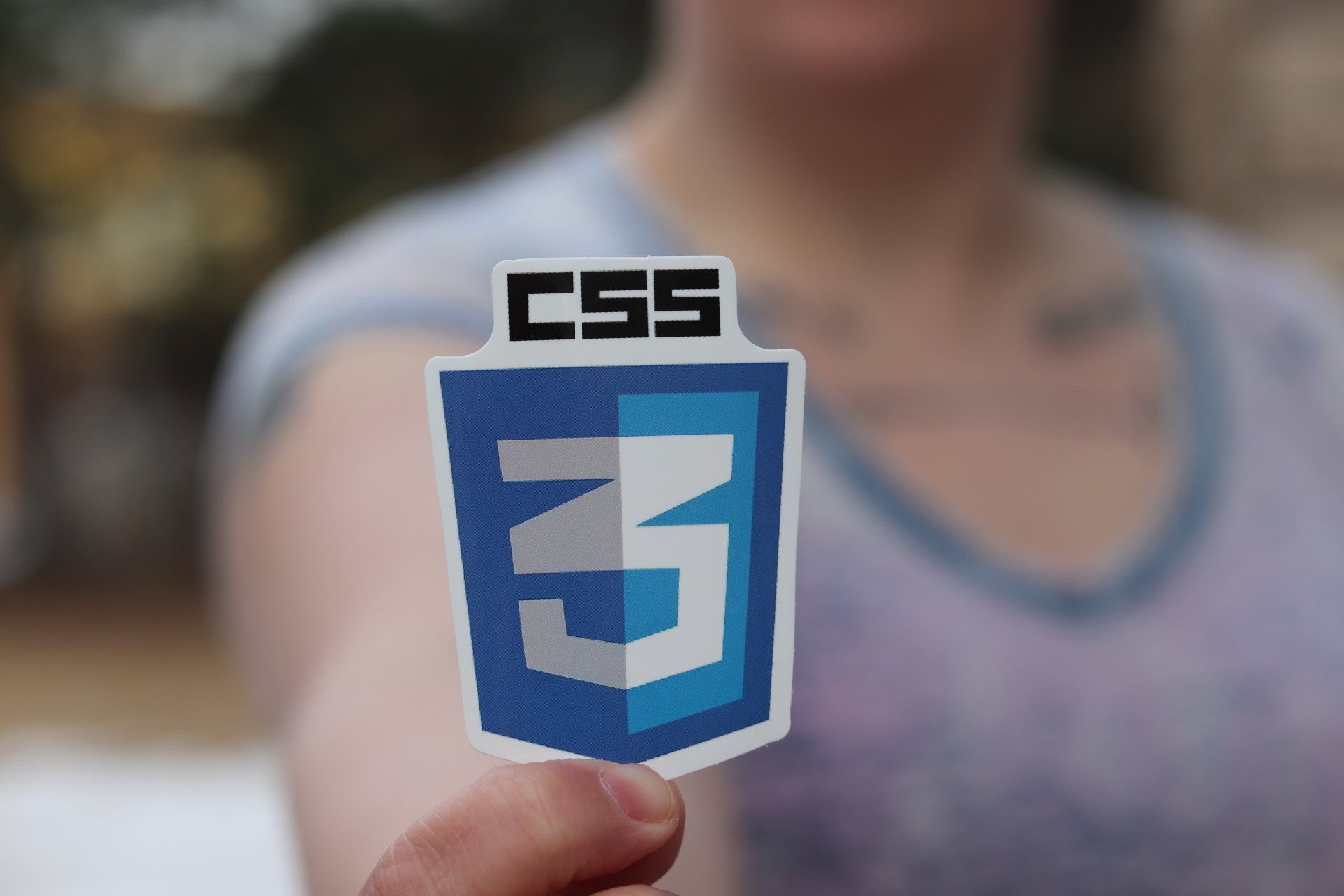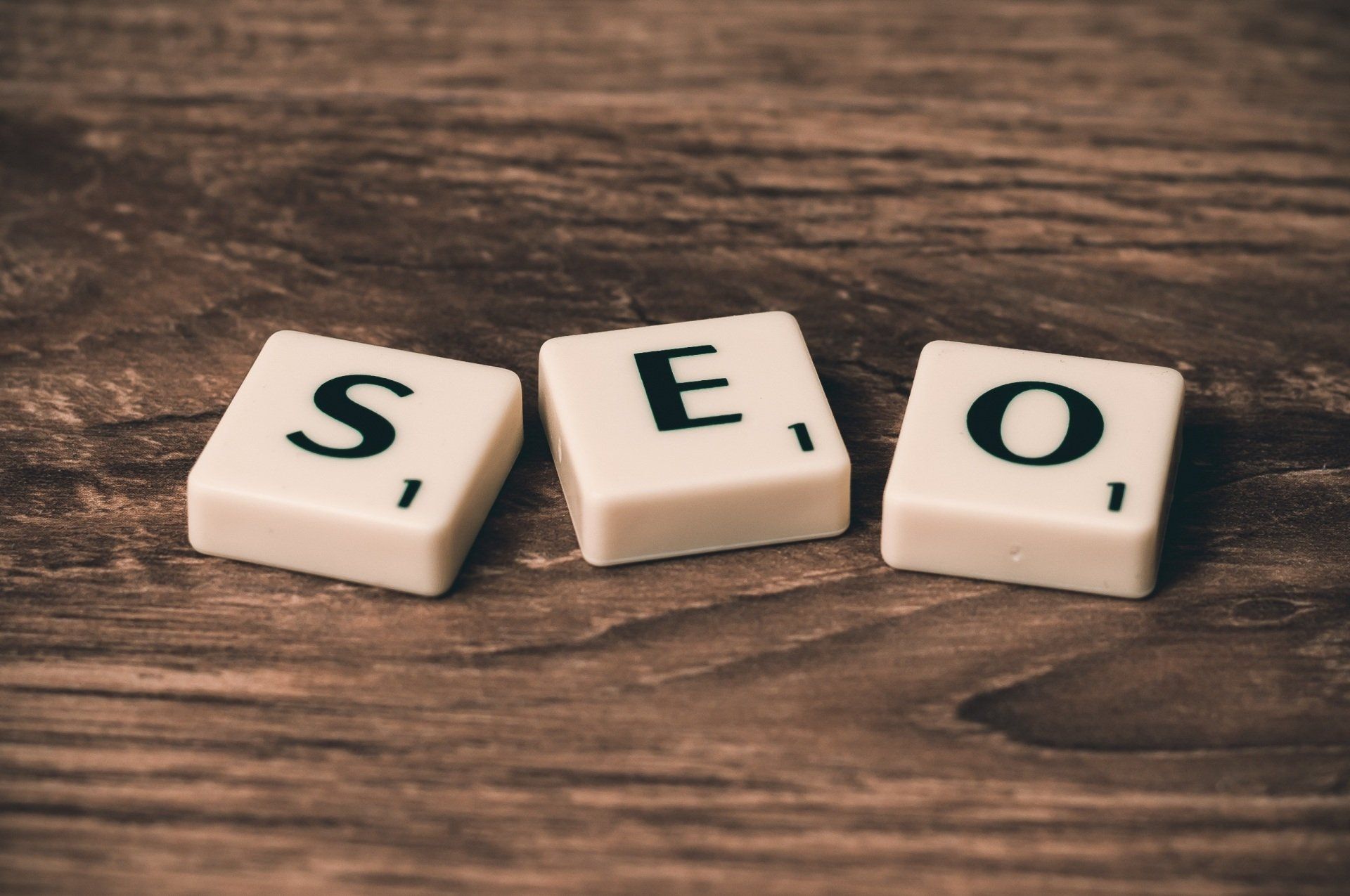WEBSITE DESIGN
Learn how to build websites that are designed to convert visitors into customers.
Learn How To Build Beautiful Websites That Convert
Learn how to plan, design, build and optimize beautiful websites that are designed to convert visitors into customers. You will learn how to plan a website, design a website, understand website hierarchy, learn basic coding that is required to track the users that come to your website, and more. If you are new to web design, this module will teach you the basics of how to create a website. You will learn how to use HTML, CSS, and JavaScript to create a beautiful and responsive website.
Website Planning
Learn how to properly plan your website before you start development. This section will teach you how to map out your website, identify what pages you need, and how to layout your website for the best user experience.
Website Design
Learn how to design your website for conversions and sales. This section will teach you how to use colors, fonts, images, and layout to persuade your visitors into taking action.
Launch
There are multiple things you have to look for when launching your website. Learn how to properly launch your website and make sure all your bases are covered. This section will teach you how to submit your website to google, set up tracking, and mighate website from one platform to another.
Learn to design and build beautiful websites in just days.
Website Research
Before starting a new website it is essential to research the topic or industry to find out what is working and the technologies your competitors are using to build their site. Competitor research will give you a good understanding of the functionalities you will need to get the results you are looking for from a website. For example, if you are looking to build a shopping website then use Shopify, for a lead generation website use DUDA and for all other functions use WordPress or
Webflow. This initial research will determine what platform you should be using based on your needs.
Planning
It is essential that you plan your website before you start building or developing anything on the site. You will start by creating s sitemap on google sheets, this will determine all of the pages you will need for your website. The sitemap is also where you will be building out the pages, title of the pages, mets description of the pages, URL for the pages, choose keywords for each pages and the number of world required for each pages based on your initial research. Path Hackers will go through all of these steps in detail so that you can create the ultimate website for your niche.
Implementation
After you have completed the proper planning of your website, you have to follow few rules and procedures to have a well optimized website. Optimization such as proper H1 to H6 tags, proper content structure, make sure the site is mobile friendly, make sure the page is crawl able, implement HTTPS, check and optimize page speed, optimize for proper keywords, have an intuitive UX, optimize all of the images with proper file format and alt tags and finally optimize for a high CTR. All of this and more are the required optimization to have a well functioning webpage.
WEBSITE
Everyone can design a website with just one click, but the question you have to ask yourself is, is the website there just to look pretty or to get more sales and conversions. A website is your business online so make it count. Make sure the website is not only beautifully designed but has the right functionality and is designed to convert visitors into customers. There are many technologies you can implement on a website to measure, track and quantify what happens on the website and how it affects your bottom line.
Making sure what your end goal is will determine the technologies and functions you will need for your website. This is what will determine what kind of CMS will need for your business.

HTML
HTML is the basic foundation of any website, it is the language that all websites are written in. In this section, you will learn the basics of HTML such as headings, paragraphs, anchors, images, and how to structure your website with HTML.
CSS
CSS is what gives your website its look and feel. With CSS, you will be able to change the font, color, size, and alignment of your website. In this section, you will learn how to use CSS to style your website to match your brand or personal preference.
JavaScript
Javascript is a programming language that allows you to add interactivity to your website. With javascript, you can add animations, buttons, sliders and much more. In this section, you will learn the basics of javascript and how to add interactivity to your website.
CDN
CDN is a content delivery network that speeds up the loading of your website by caching your website’s files on its servers. This will help to improve the page speed of your website and provide a better user experience. In this section, you will learn how to use a CDN to speed up the loading of your website.









